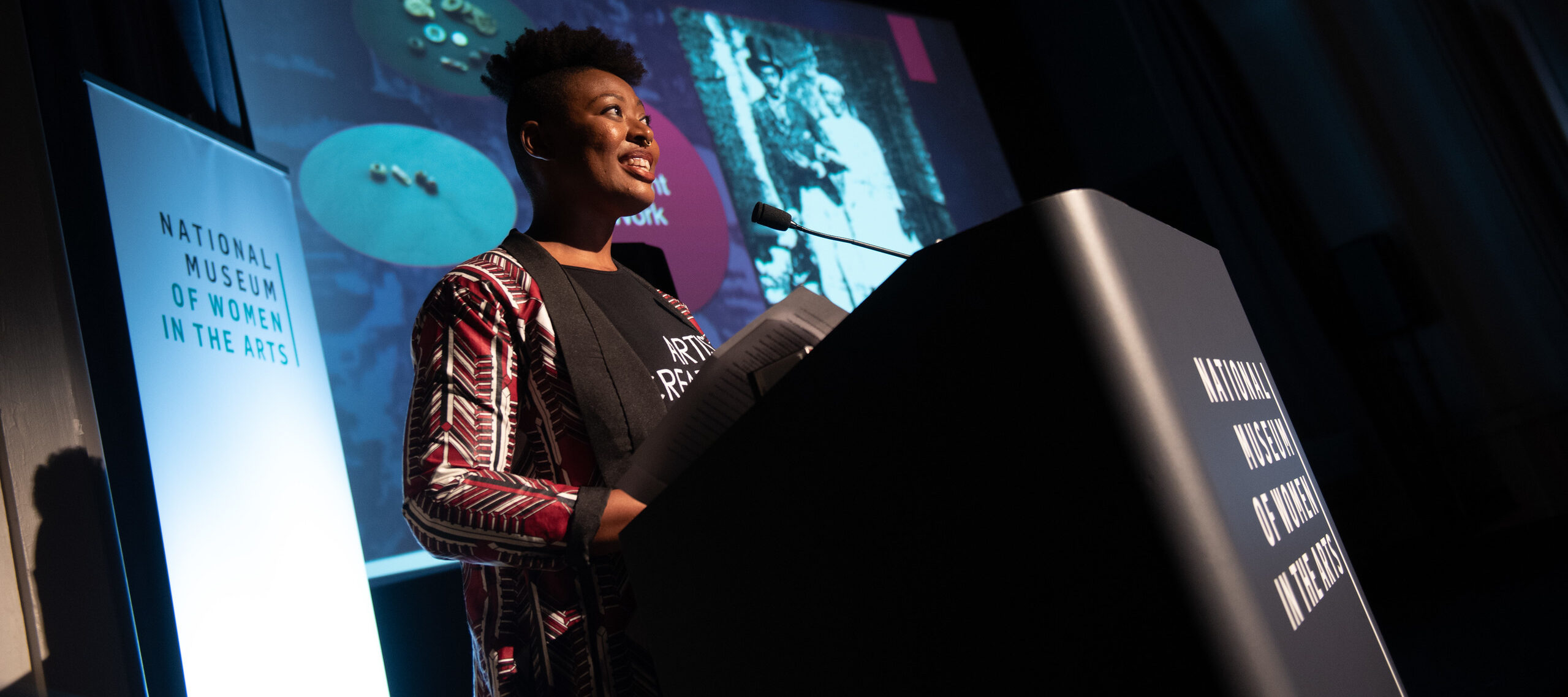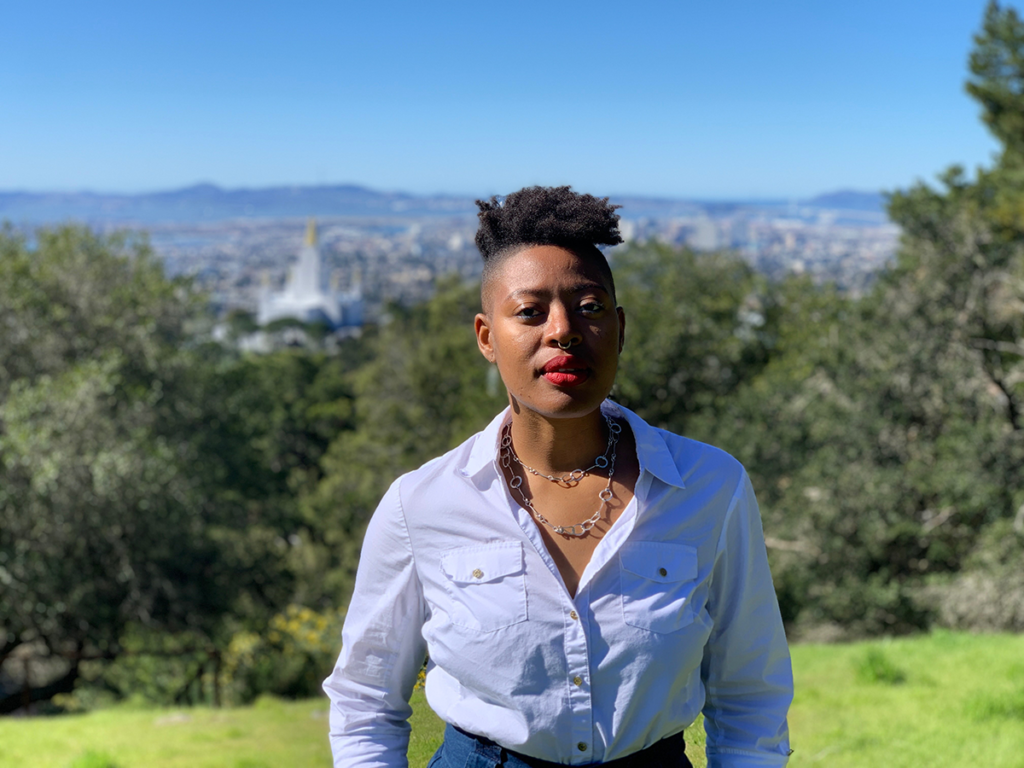In her forthcoming book, A Black Feminist Archaeology of Adornment (working title), Dr. Ayana Omilade Flewellen investigates how clothing, hair alterations, jewelry, body piercings, scarification, and other methods of self-making shaped the identities of African American farmers in post-emancipation Texas. Flewellen uses the word “sartorial” to define these forms of bodily modification and adornment, practices which are deeply influenced by systems of oppression and power.
For Flewellen, archaeology is responsible for turning over every stone—both in physical practice and in critical discourse. By applying understandings of gender, class, and race to preconceived history, Flewellen has become a leading figure for intersectional anthropology and the growing field of black feminist archaeology.
We are thrilled to host Flewellen, Co-Director at Estate Little Princess Archaeology Project and President’s Postdoctoral Fellow at UC Berkeley, at NMWA on June 30 as she takes part in Fresh Talk: Adorning Wakanda—Accessory to Action, a conversation about the aesthetics of gender equity. We asked her three short questions to get us thinking:
- What is one experience, project, or person that made you recognize that you were doing important work? My maternal grandmothers are at the center of my work. My first book project is an ode to their lives. Through material culture and documentary evidence, I explore how women, like my great-grandmother Dovie Lee Tyler, lived and labored in Texas and how they adorned their lives in the face of racism, sexual exploitation, and economic disenfranchisement.
- Can you describe a moment in which you realized the power of adornment?As a child, witnessing the women in my life allowed me to see the power of adornment at a very young age. I grew up in a household with my mother, who loved bright colors. She also handcrafted and sold jewelry, in addition to working for a number of nonprofits before she went back to school. It was from her crafted pieces—seeing the care and skill that went into their production—that I understood their intrinsic value and the power they held for the wearer.
- What is one way that your work engages with gender equity and/or gender roles? My research looks at the formation of identities from slavery through freedom within the African Diaspora in the Atlantic World. Doing this work requires an intersectional lens that allows for the creation of historical narratives that revel in the complexities of the lives of people of African descent.
For Fresh Talk: Adorning Wakanda—Accessory to Action, Dr. Flewellen joins in conversation with Douriean Fletcher, Marvel Comics’ first licensed jewelry designer and official adornment artist for Black Panther (2018), and Dr. Maia Nuku, Evelyn A. J. Hall and John A. Friede Associate Curator for Oceanic Art at the Metropolitan Museum of Art.
How have we communicated gender and power through adornment in the past, and how does such a rich history translate to adornment practices today?

